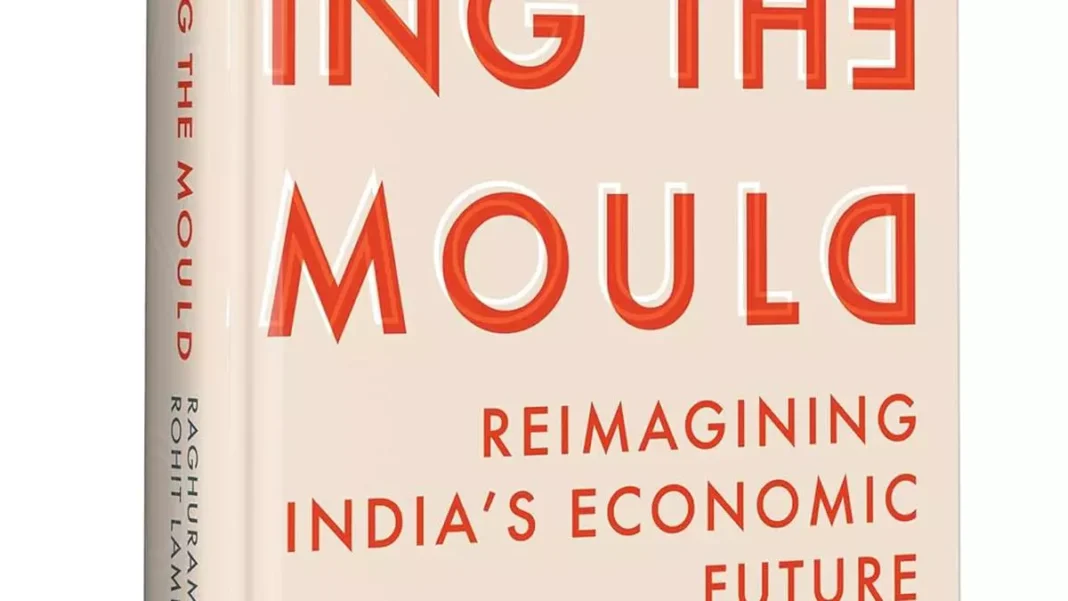By Shiv Shivakumar Comments READ LATER I found the book to be excellent, it is not political, it talks of India’s inherent strengths, its challenges and outlines one possible way forward. The authors pick many successful Indian stories to add weight to their arguments. Here are six key points from the book: Democracy needs to be vibrant: Indian democracy has often been quoted as a bottleneck for growth.
The authors say that India needs more democracy and not less, and they call for a vibrant democracy where people are free to express their opinions, argue, debate and be irreverent. This type of culture will make India creative and innovative which is what India needs for the future. High-end vs low-end manufacturing services: High-end manufacturing and manufacturing services is the future for India and not low-end assembly.
The latter never translates to high-end manufacturing and hence India should stop offering sops and incentives to foreign companies to set up low-end assembly jobs. The book offers some examples of new age entrepreneurship. ID foods, offering high quality idli-dosa batter, present in India and West Asia, is an example of superior manufacturing services — turning a commodity product into a value-added product for the consumer.
Lenskart is another services company that has identified a genuine problem and developed a business model of custom manufacturing attached to direct service delivery: browse frames online, test eyes at a Lenskart store and order glasses, and product delivered to doorstep. Cipla is the third manufacturing success, and its API can be a big advantage in the coming years. Research in tandem with industry: India has an advantage with the English language.
Sixty per cent of the global websites are in English and all the data sets for AI will be in English. This will place India and Indians in a competitive position for the future. We need to invest a lot more in education, basic education must be a given and we must encourage institutes of higher learning to be involved in a lot more research with industry.
Every time a global call centre is opened, enrolment for English education goes up by 7 per cent in that locality. India has 40 per cent of the global capability centres and we can be big here. Management consulting services grew more than 31 per cent in the last few years and Indians can leverage this well as face-to-face meetings are not needed except for the final presentation.
The Delhi schools and Orchid schools are noteworthy here: Delhi government schools have a higher pass rate than the Delhi private schools now. Healthcare needs help : India’s healthcare system needs serious attention. The government on its own spends 1.
1 per cent of GDP, private plus corporate expenditure taken pushes up that number to above 3 per cent. The global ratio on healthcare spend to GDP is 10 per cent. Aravind Eye hospital, CMC Vellore and others of their ilk, have done a phenomenal job of using technology to bring down costs while improving healthcare delivery.
We need to skill many more healthcare professionals to take away the pressure on the MBBS degree holders. Quality over quantity : India has long pushed quantity ahead of quality, we take pride in big numbers. For us to be a truly competitive nation, we must prioritise quality over quantity.
Our scale is a given, but our variable quality can trip us. Digital tech can be our forte: The India digital stack is a great innovation. Making payments inter-operable and not keeping it restricted to a few banks has made UPI the most ubiquitous service in India.
Digital technology can be India’s forte. Moglix and Agnikul are good examples of this India prowess. We need a health stack like the India digital stack.
Every service in India must have information transparency, measurement and accountability. Only then will our services improve. As Larry Summers said, “Service for the poor are normally poor services.
” The book ends with Chapter 13, which is a question and answer between an imagined reader and the authors playing editor. The authors got this idea from Mahatma Gandhi’s book Hind Swaraj where the Mahatma plays editor. People are comfortable with an existing plan or idea or framework and rarely think differently.
One needs a better plan or model to challenge an outdated model. The authors argue that what got India to where it is today will not take it on its next journey. That next journey requires us to reimagine every aspect of how we conduct ourselves.
India has economic power; we need to build soft power too. India has a great future, but we need to do it quickly for the sake of our youth, we need to reimagine the future and break the mould of the past. The reviewer is Operating Partner at global PE firm, Advent International Title : Breaking the Mould: Reimagining India’s Economic Future Authors : Raghuram Rajan and Rohit Lamba Publisher : Penguin Business Price : ₹799 Comments.
From: thehindubusinessline
URL: https://www.thehindubusinessline.com/books/reviews/breaking-the-mould-reimagining-indias-economic-future/article67673500.ece



